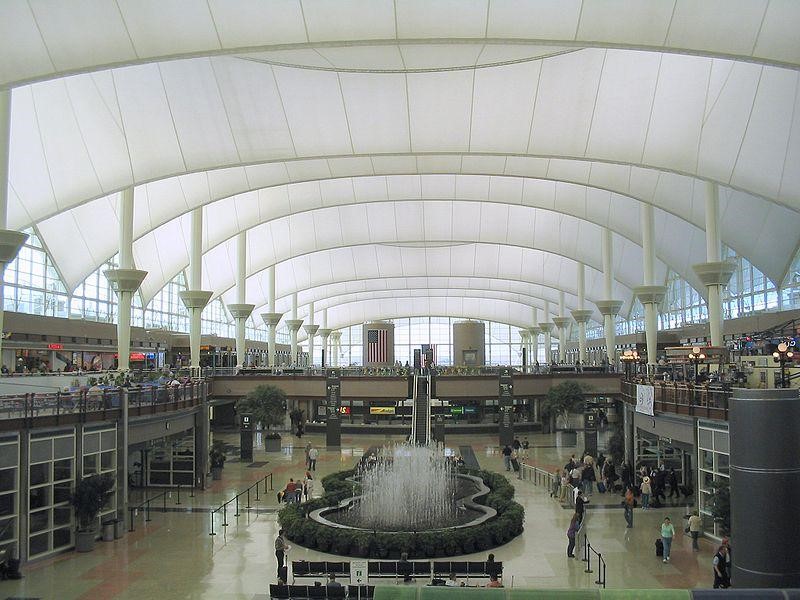Textile use in architecture is a rapidly growing trend driven in part by the diversity, resilience and adaptability of the fabrics that are being developed.
A glance at some of the trade publications will show the extensive range of applications in which fabric architecture is now being used as supplementary or permanent features of houses, schools, stadiums, public spaces, transport and many more environments.
Reflecting this trend, the Royal Institute of British Architects (RIBA) bookshop currently has a book describing 60 international projects that use fabric-based materials in innovative ways to create architectural spaces.
Membranes
Membranes currently tend to be made of polyester or fiberglass that is coated with anti-dirt treatments such as Teflon. Teflon performs well because it is robust, repels water and is fire-resistant. Where a very lightweight structure is required, polyester treated with polyurethane is often chosen. This works particularly well for structures that need to float; think of the pigs that Pink Floyd used to have sailing above the auditorium.
The membrane may need to be permeable for water – for example, if it is used for ground cover in an area where rain may fall or on the sea bed. However, in some applications, it is essential that the membrane is impermeable if its main job is to protect from rain. The membranes that have these qualities are called “geo-synthetics”. Tensile fabric structures often need to incorporate this kind of capability.
Hybrid materials
Sometimes, there is a need to lighten a heavy material by using either a fabric-based component or another material such as carbon or glass. The resulting hybrid has a lighter weight and finds multiple uses in the building and car-making sectors. These materials can be used to absorb noise or vibration and to provide insulation from both heat and cold. Fibreglass woven into a fabric can vary in weight and finish, giving Tensile Fabric Structures the qualities needed for the specific application in question. You might want to contact a business like spatialstructures who are experts in this field.
Perhaps some of the most innovative materials are those that have an advanced capability, such as electronic communication, woven into them. Ceramics are being used in this way because of their heat resistance. Composites, or fabrics that combine different materials, mean that there are very few limits on the functionality that could potentially be developed in this area.




+ There are no comments
Add yours